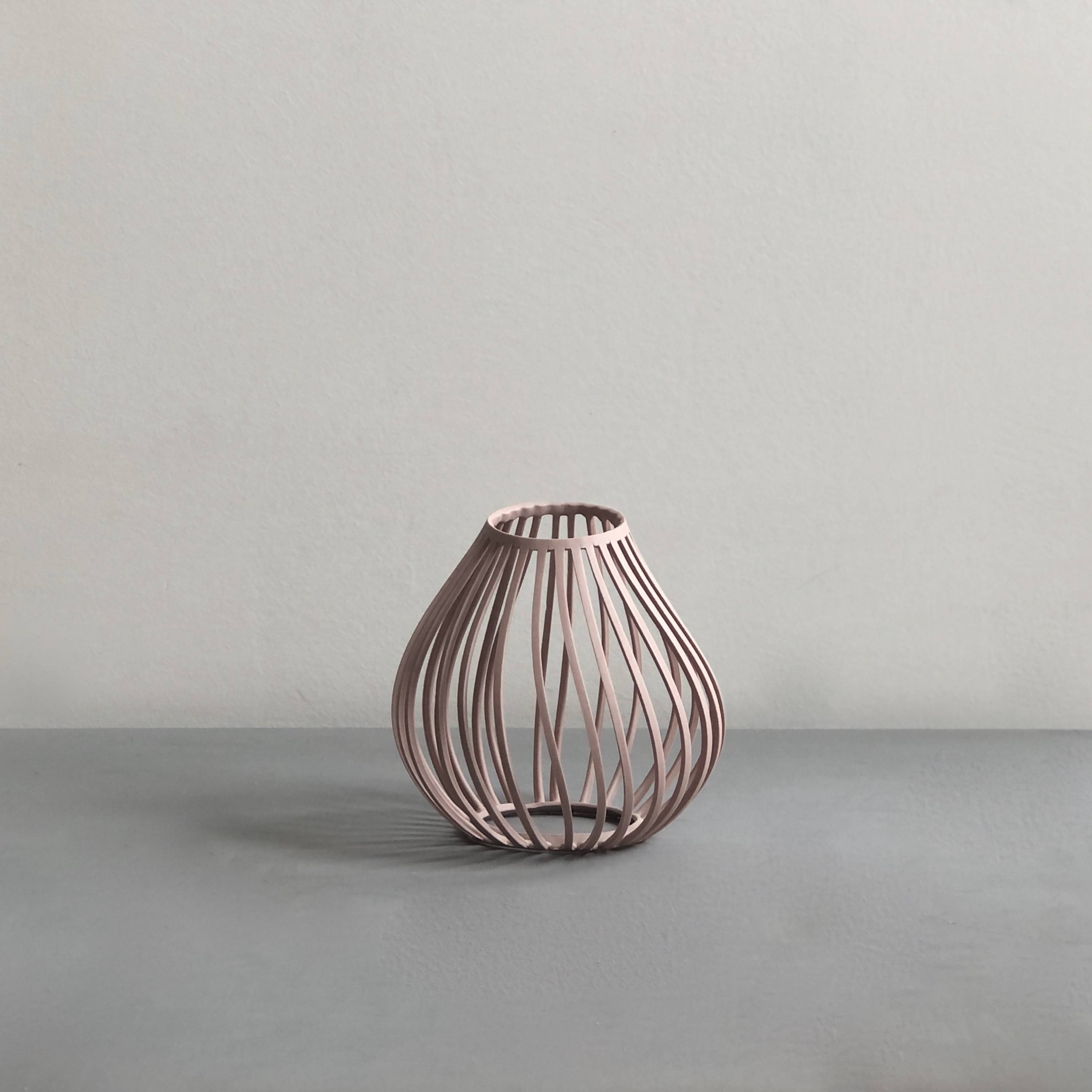Lauren Nauman
Ceramics Ceramic
The traditional technique of slip casting is central to ceramicist Lauren Neuman’s practice, and the complicated process of mold-making in plaster and then casting with clay informs her spectacularly intricate designs. With metal as an aesthetic reference, an additive method is used to create pieces that ultimately have opposing characteristics, where clay can be both fluid and rigid.
Lauren Nauman completed a BA in Art Education with a focus on ceramics at Emmanuel College, Boston, USA, and was then selected for a residency at Guldagergaard, the International Ceramic Research Centre. She graduated from the Royal College of Art with a Masters in Ceramics & Glass in 2016. During this time, she developed a new technique with her series Lines and was selected for the RJ Washington Bursary and Woo Scholarship. She also held multiple design internships and created tableware for the Tate Modern's new building, Switch House restaurant. After graduation, her pieces were acquired by collections at Doddington Hall, Lincolnshire, UK and Korea Craft & Design Foundation, Seoul, South Korea. She participated in multiple shows including NCECA, Saatchi Gallery's Collect, Craft Central's Talent! and Ceramic Art London where she was awarded the Newcomer Award, and ended her first year with the One Year On exhibition at New Designers London. Nauman has since exhibited at Decorex International with Future Heritage, London and the Crafts Council's A Future Made: The Miami Edit, Miami, USA; the Young Masters Art Prize where she received the Highly Commended, Young Masters Maylis Grand Ceramics Prize; Collective Design and The Salon Art + Design with J.Lohmann Gallery in NYC; a Solo Exhibition, Chanced, with Sebastian Schildt Gallery in Stockholm, Sweden where a piece was added to the collection of the National Museum of Stockholm; and most recently was selected for the Parcours Céramique Carougeois Bienneal in Geneva, Switzerland and shortlisted for the upcoming International KOGEI Award in Toyama, Japan.
My 'Lines' series displays how porcelain can move under the high heat of a kiln. What starts as straight cages of wet clay hardens, softens, moves and matures from mud to stone. The forms provide little support to maintain their original shape, so they twist and turn to find new ways to exist until they reach a stopping point.
















